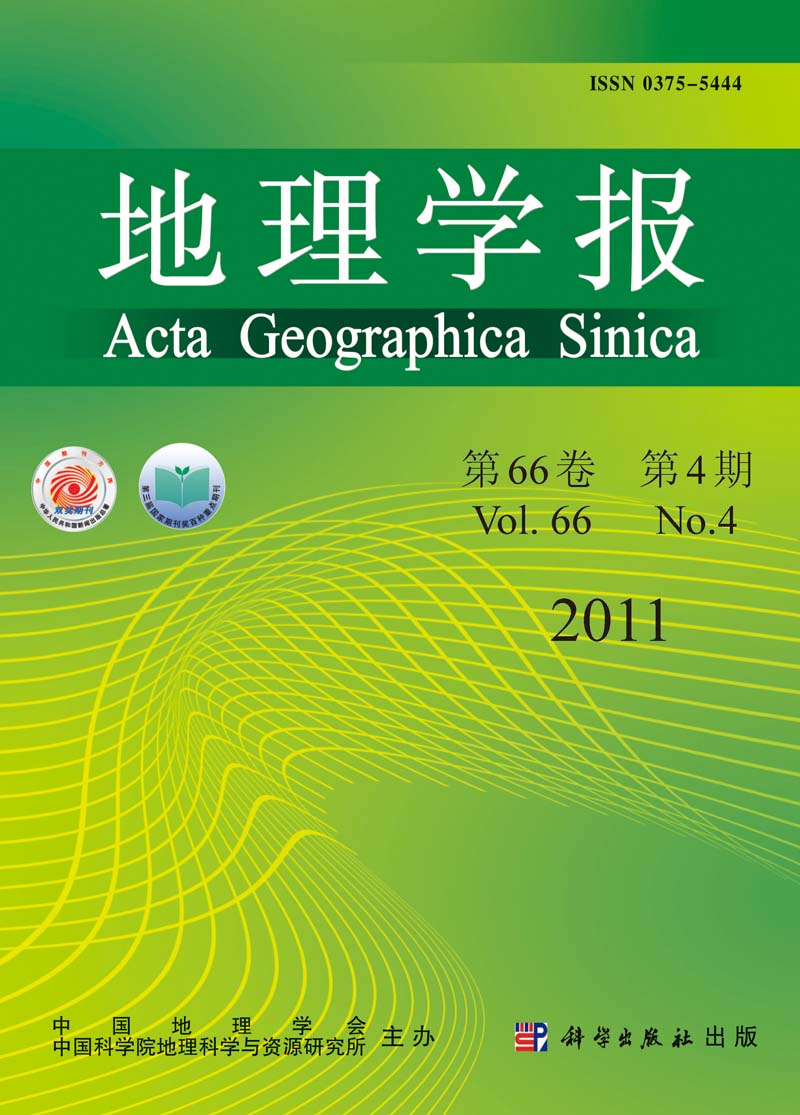ZHOU Guohua, HE Yanhua, TANG Chengli, YU Tao, XIAO Guozhen
This paper makes a deep analysis of the influencing factors in rural settlements evolution, including natural environment constraints, infrastructure, regional cultural inheritance and integration, urbanization and rural industry transformation, land use reformation and innovation, rural household behavior conversion, macro-control policy factors, and so on. Based on the differences between their effective way and degree to rural settlements evolution, these factors are classified into base factors, new-type factors and mutation factors. The driving of base factors is mainly focused on traditional inheritance of rural settlements, the new-type factors mainly have effect on rural settlements transition, and the mutation factors may bring about sudden change. All these factors constitute "three-wheel" driving mechanism of rural settlements evolution, and shape three typical driver paths, which are slow smooth path under the base factors, new path to rapid development under the new-type factors, sudden change path under the mutation factors.
The paper also investigates the overall situation of rural settlements evolution in the aspects of the settlement system, settlements scale, settlements morphology, settlements function, settlements culture, settlements environment, and so on. And the general process of rural settlements evolution is divided into four stages, i.e., initial stage, transitional stage, development stage and mature stage.
